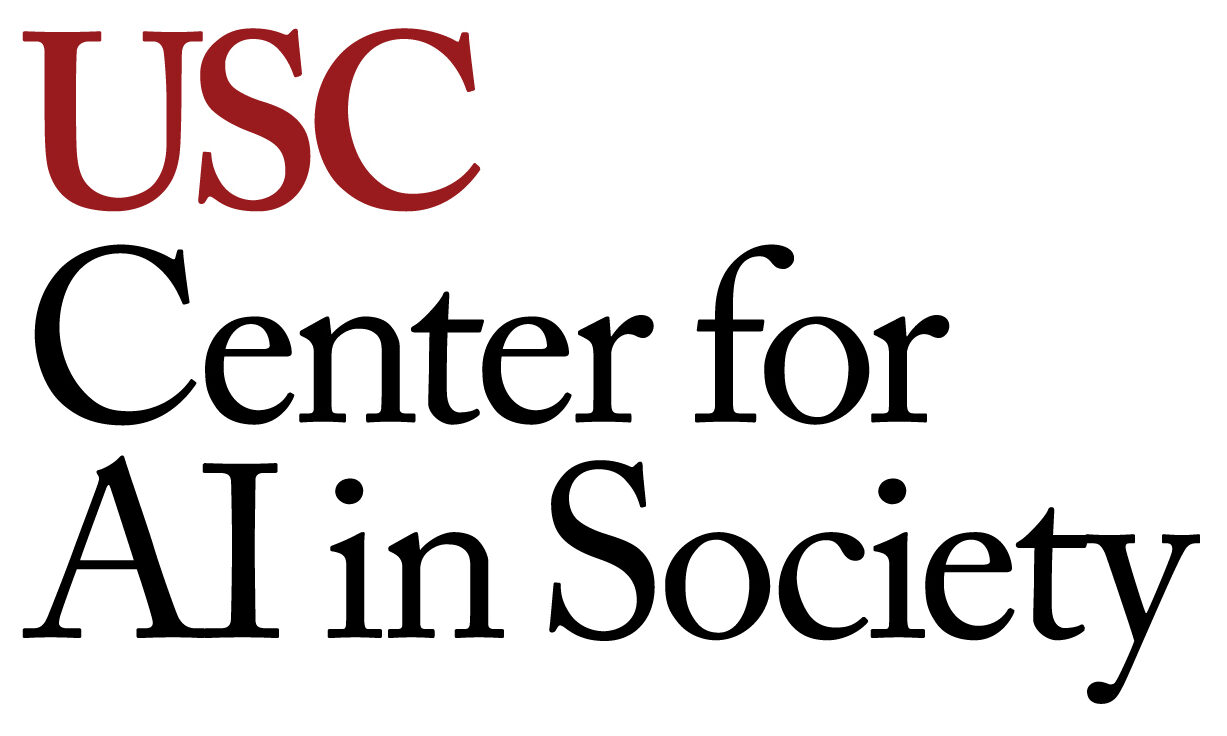Eliminating Error in Machine Learning for Real World Decision-Making Aids
Motivated by problems experienced within under-served communities and/or in under-resourced settings, we are working to define and quantify fairness in machine learning. We want to assist in designing fair decision-making systems that rely on historical data. This could be applied in cases such as creating a fair machine learning algorithm for aiding in deciding who to hire for a job or who to screen for breast cancer. We need to be careful and recognize the potential for errors in the data and in the algorithm.
Goals
Automated tools may result in erroneous decision-making in the sense that they may treat individuals unfairly. This may happen when the training dataset is itself erroneous. However, it may also happen when the errors are made by the system.
Methods
Our purpose is to design ML algorithms such that they are not suffering from disparate impact/treatment.
There are three general approaches in designing fair ML algorithms: First, pre-processing approaches, which rely on modifying the data to eliminate or neutralize any preexisting errors and subsequently apply standard ML techniques. However, pre-processing approaches cannot be employed to eliminate errors arising from the algorithm itself. Second, post-processing approaches, which a-posteriori adjust the predictors learned using standard ML techniques to improve their fairness properties. The third type of approach, which most closely relates to our work, is an in-processing one. It consists in adding a fairness regularizer to the loss function objective, which serves to penalize discrimination, and thereby mitigating disparate treatment or disparate impact.
Project examples
We have proposed interpretable machine learning frameworks for learning optimal and fair decision trees for decision making, enabling the transition of automated data-driven decision-making systems to socially sensitive settings (e.g., to decide who to admit into a degree program or to prioritize individuals for public housing).



